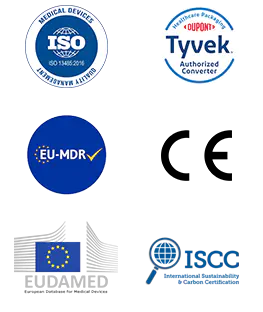Content
1. Sterile Barrier Function
Core Function:
Microbial Barrier:
The material has a pore size of ≤0.5μm, completely blocking bacteria, fungi, and other microorganisms (in compliance with ISO 11607).
Microbial challenge testing has demonstrated a barrier efficiency of ≥10⁶ CFU against Bacillus subtilis var. niger (ATCC 9372).
Preventing Secondary Contamination:
The seal strength of the heat-sealed edge must be ≥1.5N/15mm (EN 868-5), ensuring it will not be accidentally opened during transport or storage.
Applications:
Terminal sterilization packaging for high-risk medical devices such as surgical instrument kits, implants, and catheters.
2. Sterilization Media Penetration and Residue Control
Compatible with Different Sterilization Methods:
|
Sterilization Method |
Material Requirements |
Mechanism of Action |
|
Ethylene Oxide (EO) |
Tyvek® breathable layer allows gas permeation |
EO penetration → microbial destruction → complete decomposition |
|
Irradiation sterilization |
Gamma ray resistant (25-50 kGy) |
Electron beam destroys microbial DNA |
|
High-temperature steam |
Resistant to 121°C damp heat for 30 minutes |
High-temperature and high-pressure inactivation of microorganisms |
Critical Control Points:
EO Residual: EO residue in the pouch after sterilization ≤ 4 μg/cm² (ISO 10993-7).
Post-Irradiation Material Stability: PP/PE film tensile strength loss <10%.
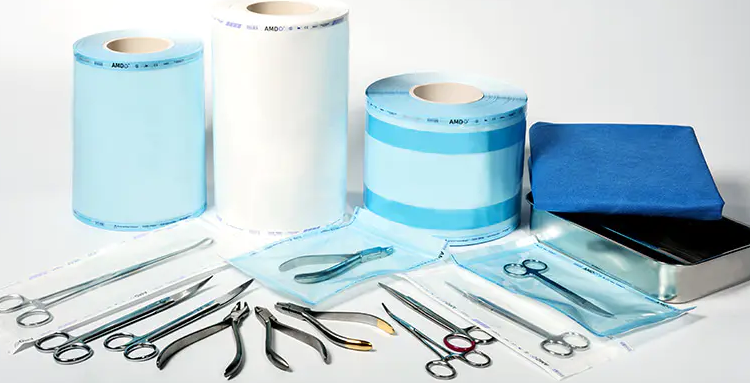
3. Physical Protection and Device Storage
Multiple Protection Features:
Punch Protection:
The composite layer structure resists punctures from sharp objects.
Moisture and Oxidation Resistance:
The water vapor transmission rate (WVTR) of the aluminum foil composite pouch is <0.01 g/m²/day (suitable for hygroscopic devices).
Light Protection:
Opaque materials (such as blue Tyvek®) prevent degradation of light-sensitive devices.
Typical Applications:
Environmentally sensitive devices such as orthopedic implants and drug-eluting stents.
4.Heat Sealing Sterilization Pouch FAQs
- What is the difference between medical heat-sealing sterilization pouches and ordinary plastic bags?
Key differences:
Material: Medical pouches use Tyvek® or medical-grade composite film and have passed ISO 10993 biocompatibility testing; ordinary pouches are mostly made of PE/PP and are not sterilization-compatible.
Sealability: Medical pouches must meet heat seal strength ≥ 1.5N/15mm (EN 868-5). Ordinary pouches only meet daily packaging needs.
Sterilization compatibility: Medical pouches must pass EO/irradiation/steam sterilization validation. Ordinary pouches may melt or release hazardous substances when exposed to high temperatures.
For example:
Ordinary plastic bags will deform during steam sterilization at 121°C, while medical pouches can withstand high temperatures and maintain a sterile barrier.
- How can I determine if a heat-sealing sterilization pouch is qualified?
Required Documents:
Declaration of Compliance with ISO 11607-1 (Terminally Sterilized Medical Device Packaging)
Microbial Barrier Test Report (ASTM F1608 or ISO 5635)
Biocompatibility Report (USP Class VI or ISO 10993)
On-site Inspection:
Seal line width ≥ 6mm, free of bubbles and wrinkles
Dye penetration test (methylene blue) shows no leakage
- How are the heat sealing parameters for sterilization bags set?
General parameter range:
Temperature: 170-190°C (adjusted depending on material)
Pressure: 0.25-0.35 MPa
Time: 1.5-3 seconds
Note:
Seal strength verification is required before first use.
Calibrate the heat sealer daily with a standard test strip at startup.
- Can sterilization bags still be used after their expiration date? Prohibited Use:
Expired materials may deteriorate, resulting in:
Decrease in seal strength (peel test <1.0N/15mm indicates failure)
Loss of microbial barrier function
Disposal:
Destroy as medical waste (infectious waste category)
- Can sterilization bags be reused?
Absolutely Prohibited:
The sterile barrier is compromised after opening
Second heat sealing cannot guarantee seal integrity

 English
English Français
Français Deutsch
Deutsch Nederlands
Nederlands

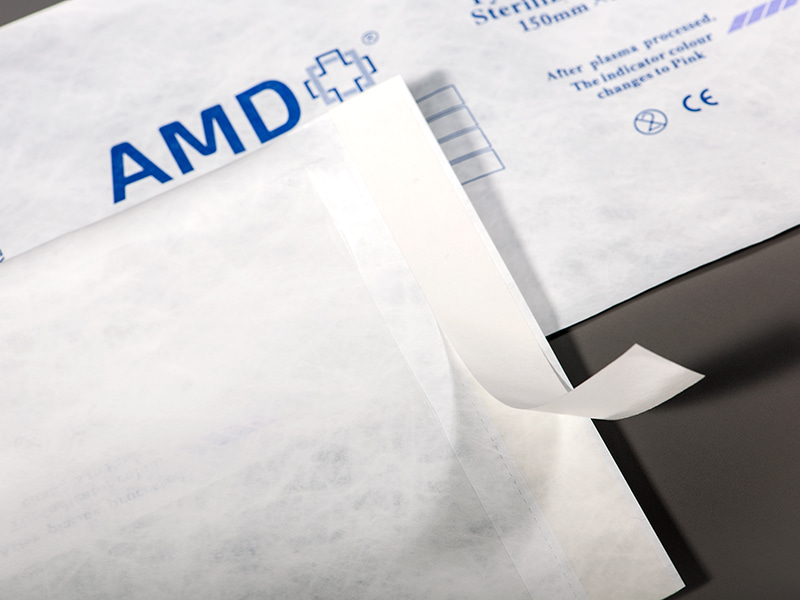
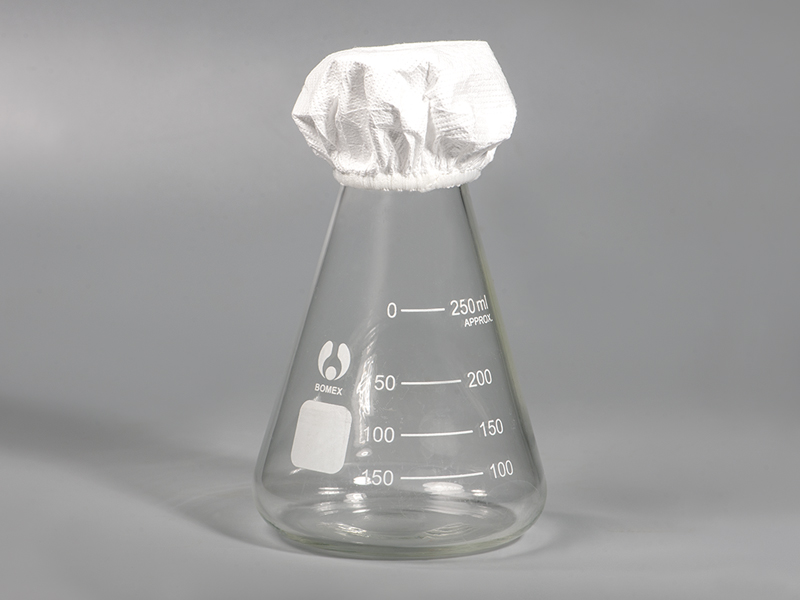
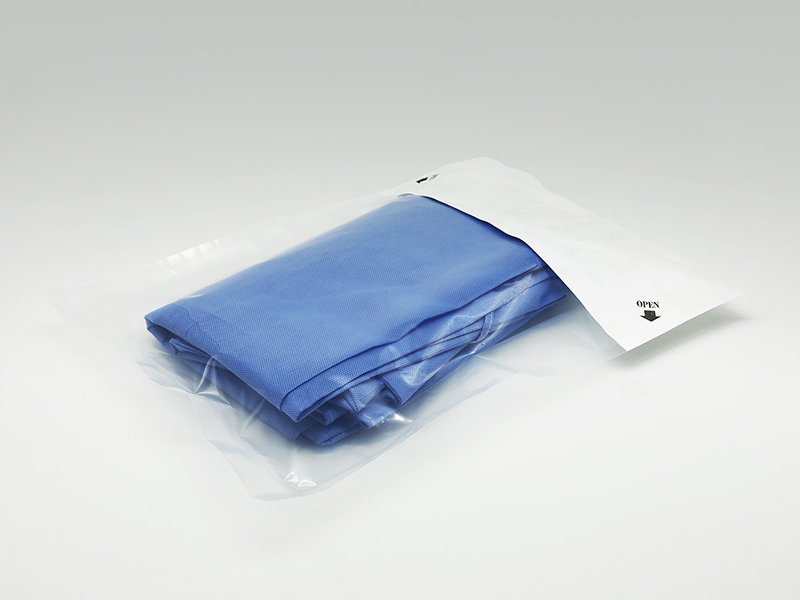


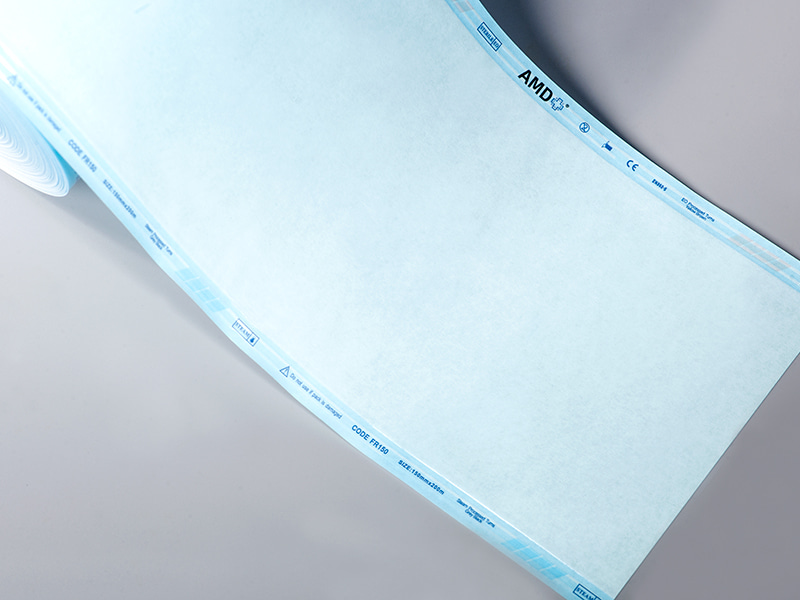
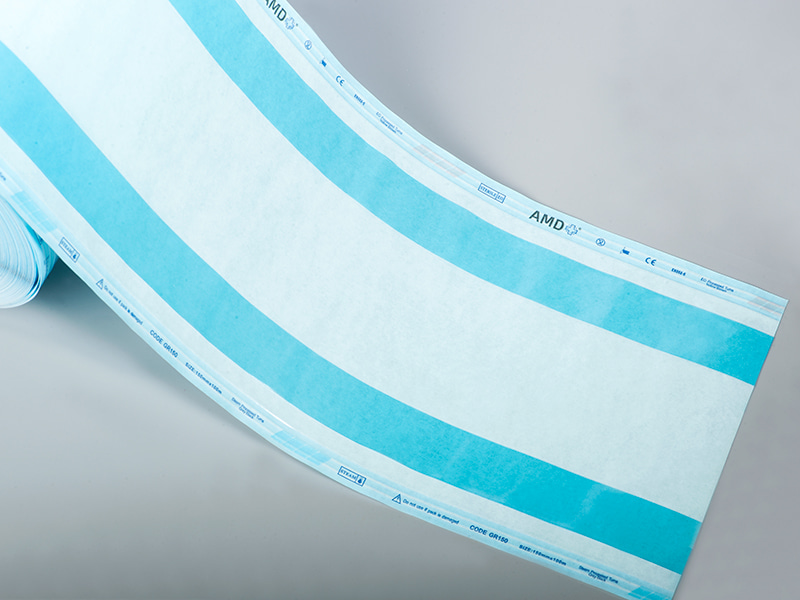
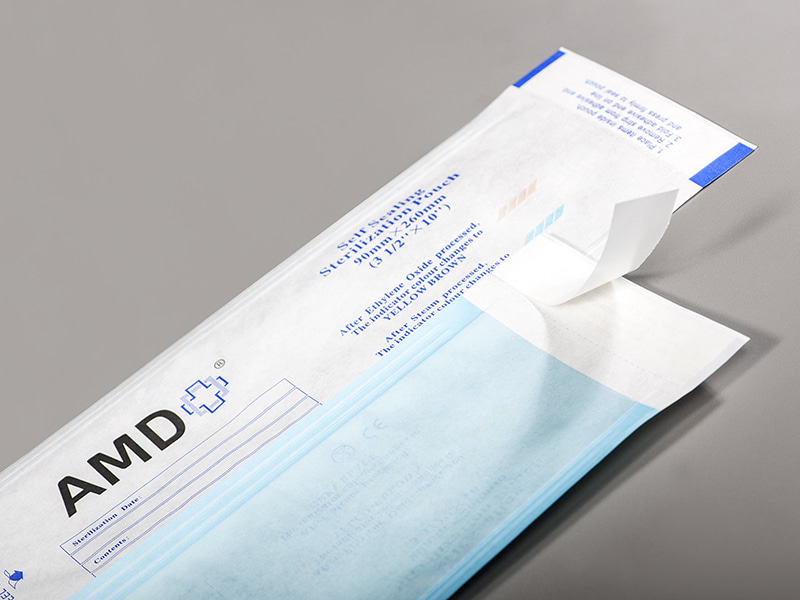
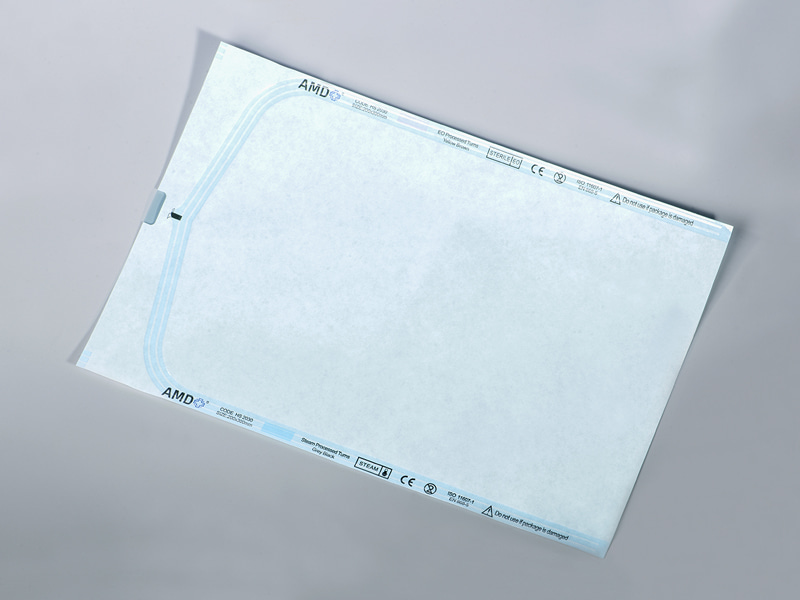
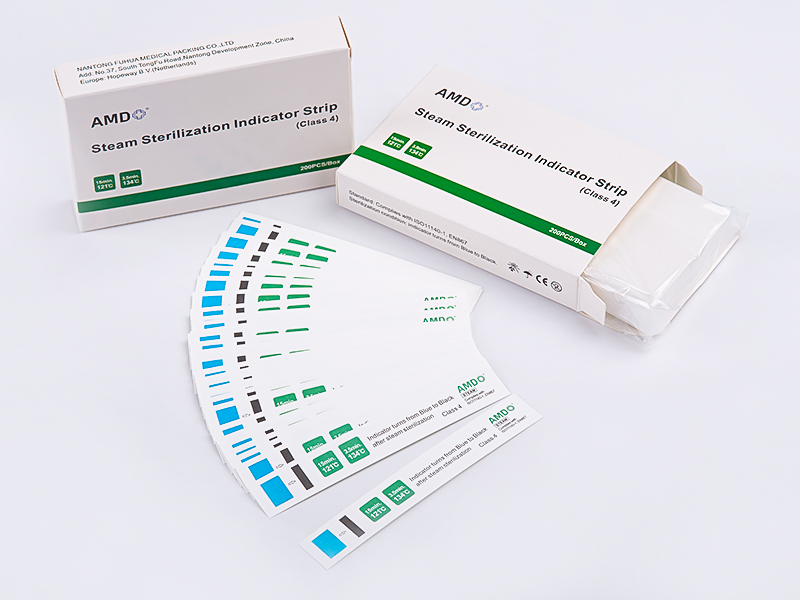
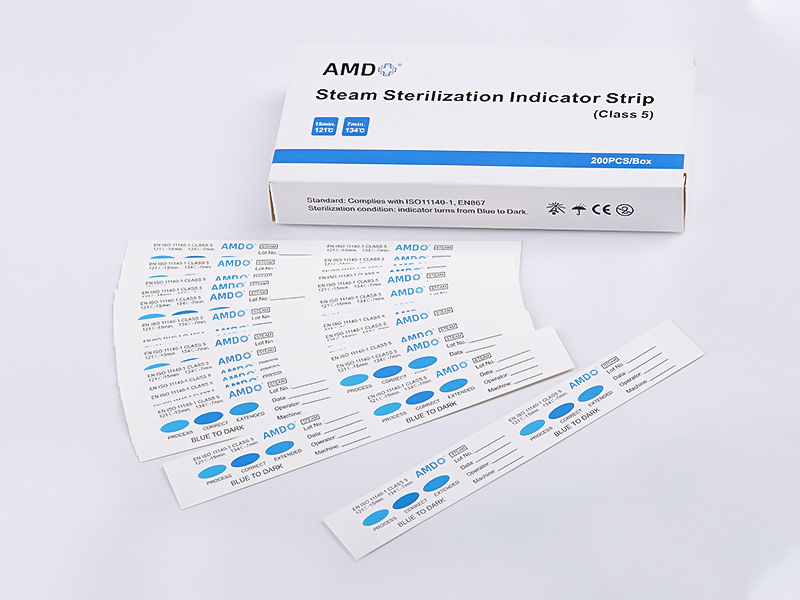

 ‘s-Gravenweg 542, 3065SG RotterdamThe Netherlands
‘s-Gravenweg 542, 3065SG RotterdamThe Netherlands
 +31 (0)10 254 28 08
+31 (0)10 254 28 08
